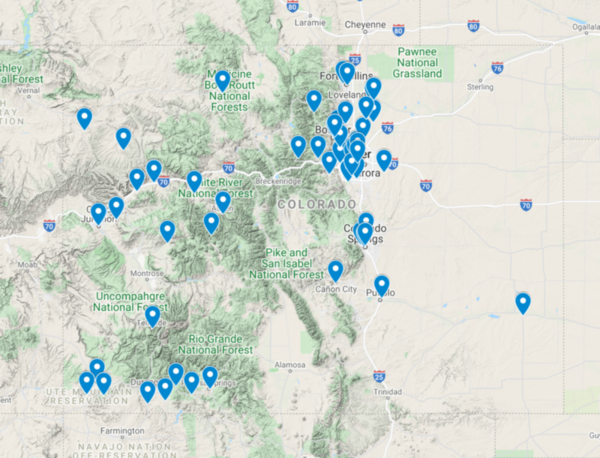A land use regression model to predict emissions from oil and gas production using machine learning
(1) Fairview High School, Boulder, CO, (2) Cooperative Institute for Research in Environmental Sciences, University of Colorado, Boulder, CO , (3) Department of Mechanical Engineering, University of Colorado Boulder, Boulder, CO
https://doi.org/10.59720/22-159
Emissions from oil and natural gas (O&G) wells such as nitrogen dioxide (NO2), volatile organic compounds (VOCs), and ozone (O3) can severely impact the health of communities located near wells. With the O&G industry growing and 17.6 million people living within a mile from an O&G well, the effect of O&G activity on residents is especially pertinent. In this study, we used O&G activity and wind-carried emissions to quantify the extent to which O&G wells affect the air quality of nearby communities, revealing that NO2, NOx, and NO are correlated to O&G activity. We then developed a novel land use regression (LUR) model using machine learning based on O&G prevalence to predict emissions. Many LUR models fail to account for O&G sources, therefore we hypothesized that the inclusion of O&G sources in land use regression models provides an increase in accuracy when predicting emissions. The model performed effectively for NO2, outperforming past LUR models which did not involve O&G activities. The model makes it possible for not only communities, but also families and individuals, to determine the effect that O&G has on their homes. With current modeling techniques failing to observe the effects of O&G in the face of the growing O&G industry in the U.S., it is crucial that the public is educated on the effect of the O&G industry on their daily lives and has the tools to monitor these effects.
This article has been tagged with: